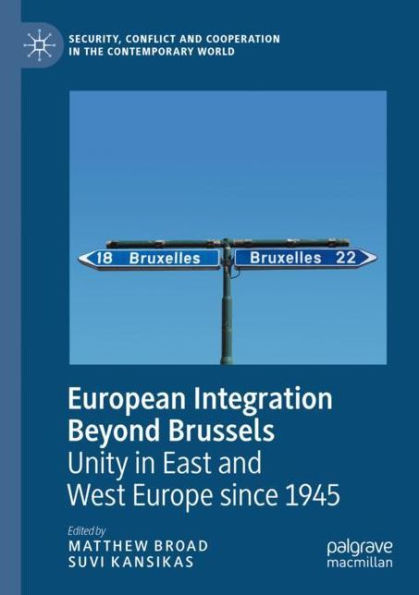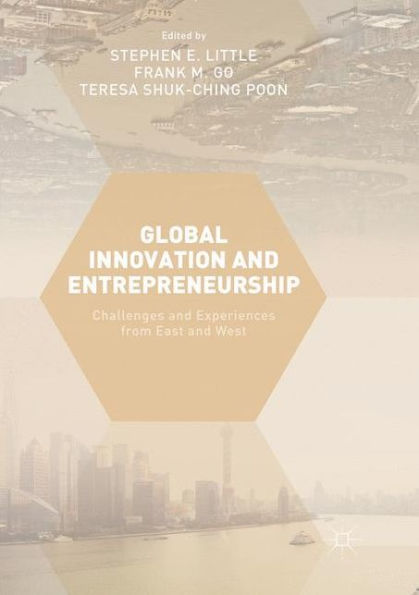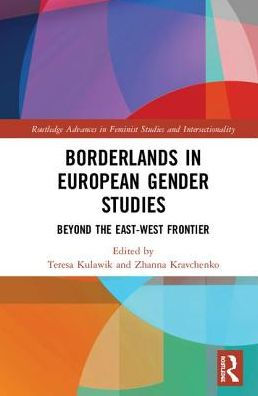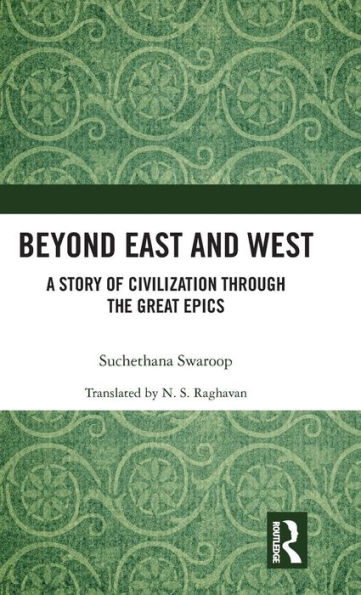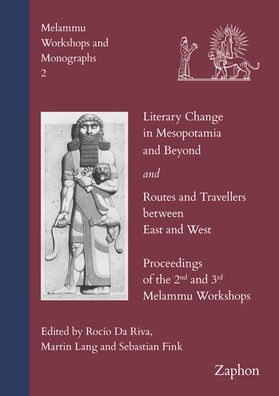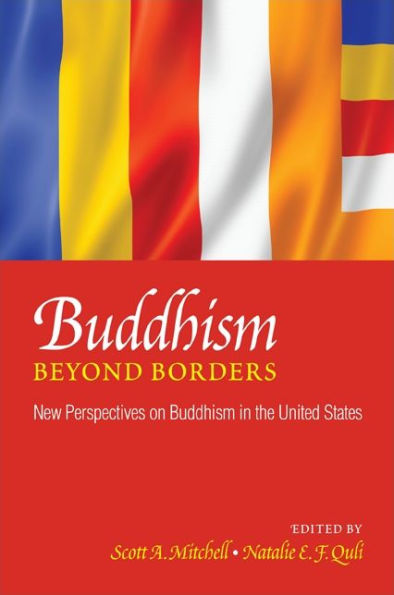Home
Buddhism the Global Eye: Beyond East and West
Barnes and Noble
Loading Inventory...
Buddhism the Global Eye: Beyond East and West in Franklin, TN
Current price: $135.00
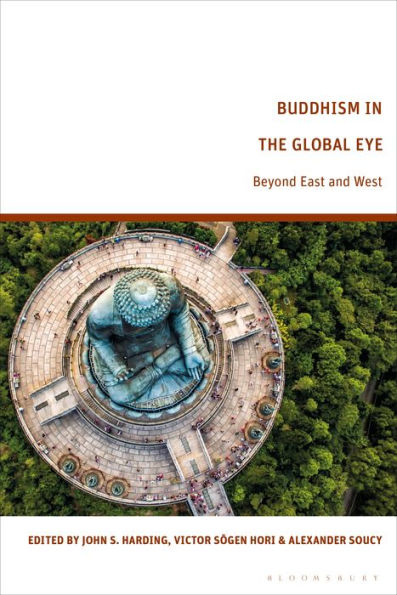
Barnes and Noble
Buddhism the Global Eye: Beyond East and West in Franklin, TN
Current price: $135.00
Loading Inventory...
Size: Hardcover
Buddhism in the Global Eye
focuses on the importance of a global context and transnational connections for understanding Buddhist modernizing movements. It also explores how Asian agency has been central to the development of modern Buddhism, and provides theoretical reflections that seek to overcome misleading East-West binaries.
Using case studies from China, Japan, Vietnam, India, Tibet, Canada, and the USA, the book introduces new research that reveals the permeable nature of certain categories, such as "modern", "global", and "contemporary" Buddhism. In the book, contributors recognize the multiple nodes of intra-Asian and global influence. For example, monks travelled among Asian countries creating networks of information and influence, mutually stimulating each other's modernization movements. The studies demonstrate that in modernization movements, Asian reformers mobilized all available cultural resources both to adapt local forms of Buddhism to a new global context and to shape new foreign concepts to local Asian forms.
focuses on the importance of a global context and transnational connections for understanding Buddhist modernizing movements. It also explores how Asian agency has been central to the development of modern Buddhism, and provides theoretical reflections that seek to overcome misleading East-West binaries.
Using case studies from China, Japan, Vietnam, India, Tibet, Canada, and the USA, the book introduces new research that reveals the permeable nature of certain categories, such as "modern", "global", and "contemporary" Buddhism. In the book, contributors recognize the multiple nodes of intra-Asian and global influence. For example, monks travelled among Asian countries creating networks of information and influence, mutually stimulating each other's modernization movements. The studies demonstrate that in modernization movements, Asian reformers mobilized all available cultural resources both to adapt local forms of Buddhism to a new global context and to shape new foreign concepts to local Asian forms.
Buddhism in the Global Eye
focuses on the importance of a global context and transnational connections for understanding Buddhist modernizing movements. It also explores how Asian agency has been central to the development of modern Buddhism, and provides theoretical reflections that seek to overcome misleading East-West binaries.
Using case studies from China, Japan, Vietnam, India, Tibet, Canada, and the USA, the book introduces new research that reveals the permeable nature of certain categories, such as "modern", "global", and "contemporary" Buddhism. In the book, contributors recognize the multiple nodes of intra-Asian and global influence. For example, monks travelled among Asian countries creating networks of information and influence, mutually stimulating each other's modernization movements. The studies demonstrate that in modernization movements, Asian reformers mobilized all available cultural resources both to adapt local forms of Buddhism to a new global context and to shape new foreign concepts to local Asian forms.
focuses on the importance of a global context and transnational connections for understanding Buddhist modernizing movements. It also explores how Asian agency has been central to the development of modern Buddhism, and provides theoretical reflections that seek to overcome misleading East-West binaries.
Using case studies from China, Japan, Vietnam, India, Tibet, Canada, and the USA, the book introduces new research that reveals the permeable nature of certain categories, such as "modern", "global", and "contemporary" Buddhism. In the book, contributors recognize the multiple nodes of intra-Asian and global influence. For example, monks travelled among Asian countries creating networks of information and influence, mutually stimulating each other's modernization movements. The studies demonstrate that in modernization movements, Asian reformers mobilized all available cultural resources both to adapt local forms of Buddhism to a new global context and to shape new foreign concepts to local Asian forms.



